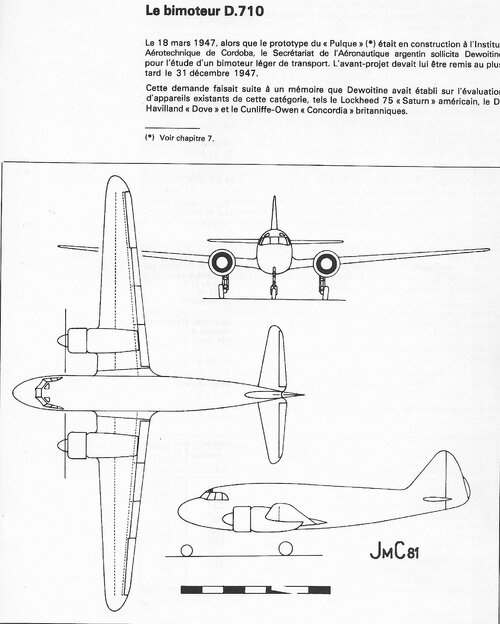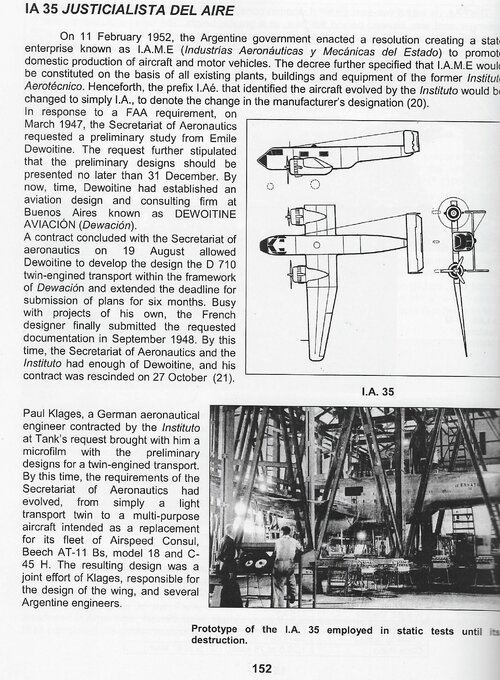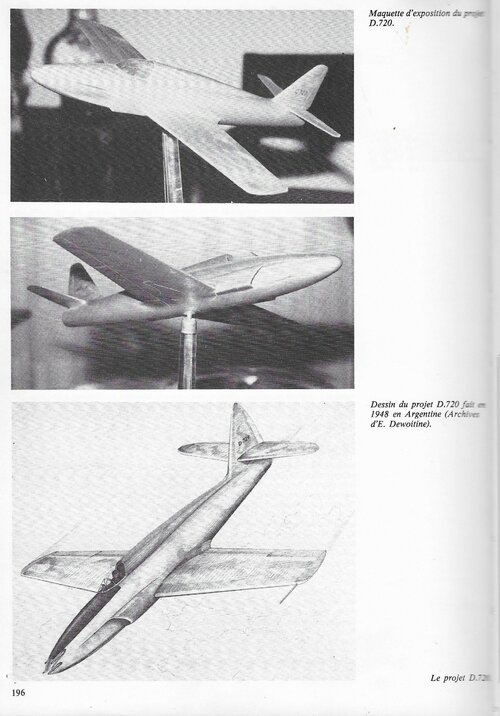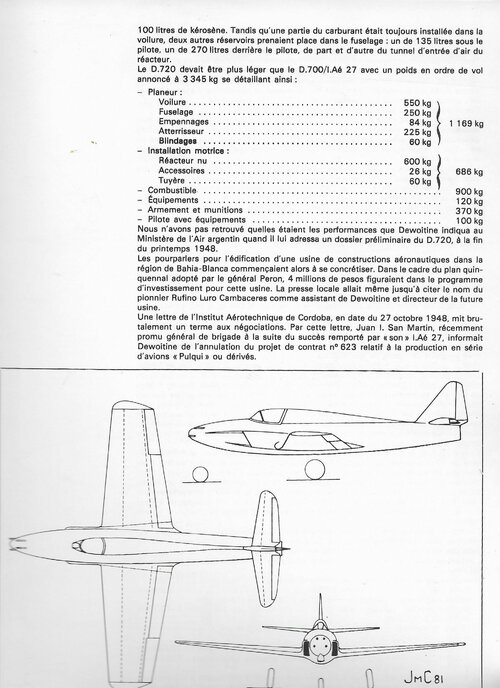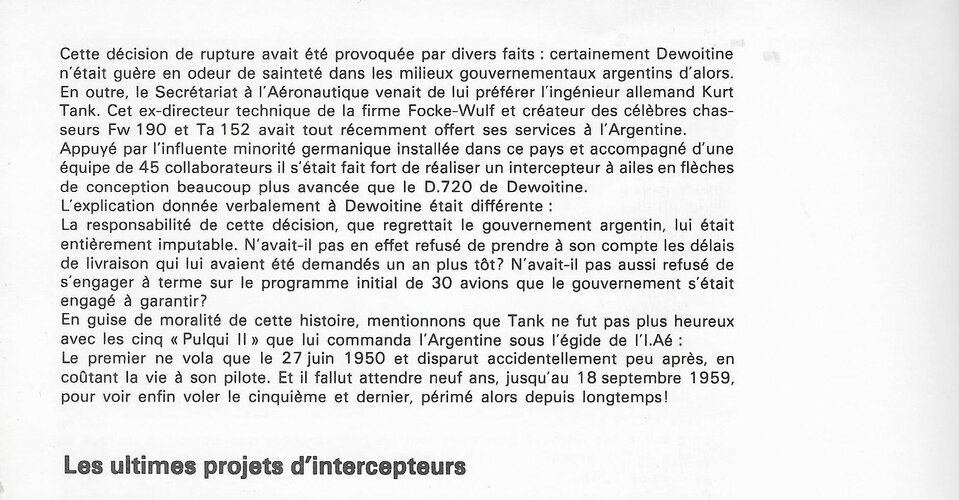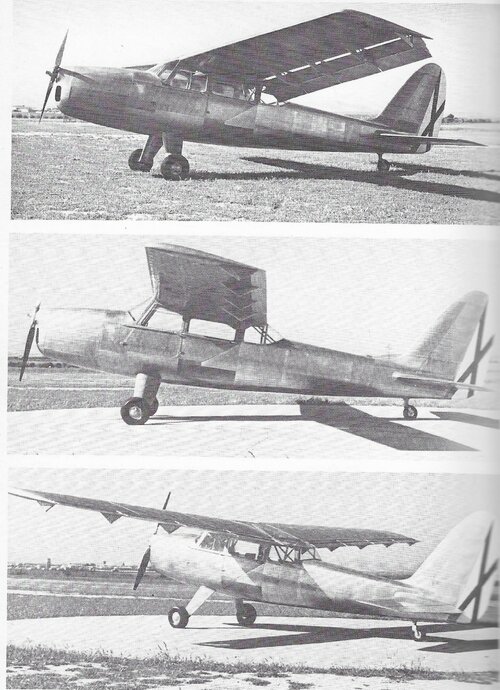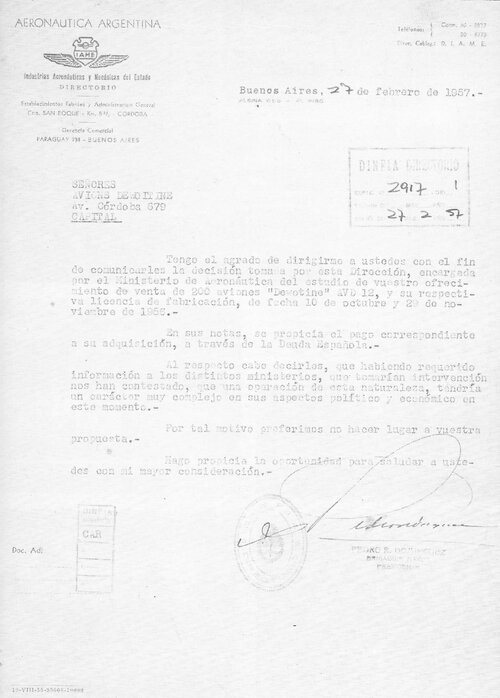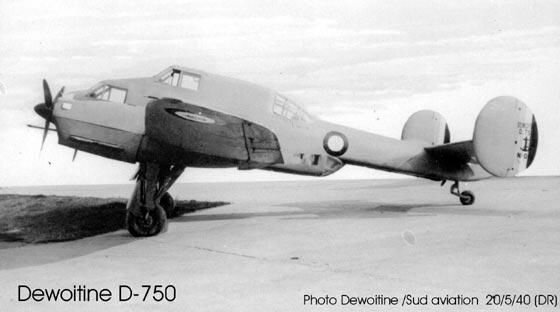Another chapter on the saga " La méchanceté de M. Dewoitine
In 1944, Émile Dewoitine went into exile in Spain charged of collaboration with Nazi Germany. After a stint in Argentina where he designed the IAe-27 Pulqui I, the first Argentine jet aircraft, and failed to interest Argentine authorities in any other designs, he returned to Spain where he joined the firm Iberavia.
In 1951, the Spanish Air Force put out a call for tender for a light transport and liaison aircraft, intended to replace the Fieseler Storch. Dornier entered the lists with the Do 25 and Iberavia with its I-18, designed by Emile Dewoitine (designated D 750). Iberavia was bought by AISA in 1952 and the I-18 was renamed AVD-12. The Do 25 and AVD-12 receive military designations XL-9 and XL-10 respectively.
Both aircraft were powered by the same engine, a 150 hp Elizalde Tigre G. IV. The AVD-12 (D.750-1 for Dewoitine) and were underpowered and resorted to the same replacement engine, a 225 hp Continental O-47OJ. The second prototype, designated AVD-12C (in the same way the Do 25 was redesignated Do 25 P2C, the C being presumably for Continental), first flew in 1956. The AVD-12C was designated D.750 -2 by Dewoitine.
The AVD-12 was of classic design: classic and fixed landing gear, high and straight wings, conventional empennage with a rounded drift but accusing an arrow.
On November or December 1956, the AVD-12C experienced a fatal accident fatal an accident in Torrejon which cost the life of pilot Demetrio Zorita (or Zurita) Alonso, who was the first Spaniard to go supersonic (on an Army aircraft French Air Force, Mystery or Mirage). This and poor access to the rear compartment caused the rejection of the AVD-12 in favor of the Do 25. The latter was however insufficient and had to evolve into the Do 27 to give full satisfaction.
Versions
AISA AVD-12: First prototype, 150 hp ENMASA Tiger G.IV engine.
AISA AVD-12C: Second prototype, 225 hp Continental O-47OJ engine.
AISA XL-10: Spanish military designation of the AVD-12.
Dewoitine D.750: Designation by its designer of the AVD-12.
Iberavia I-18: Original designation of the AVD-12, at Iberavia.

